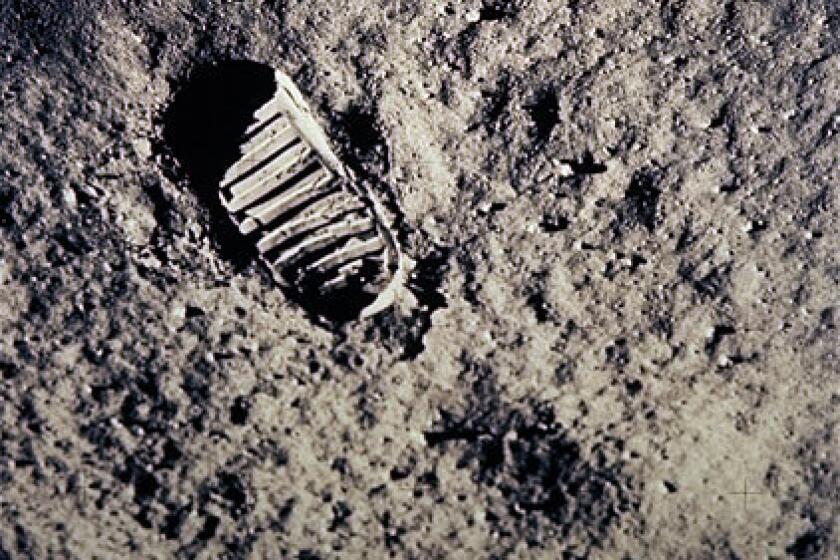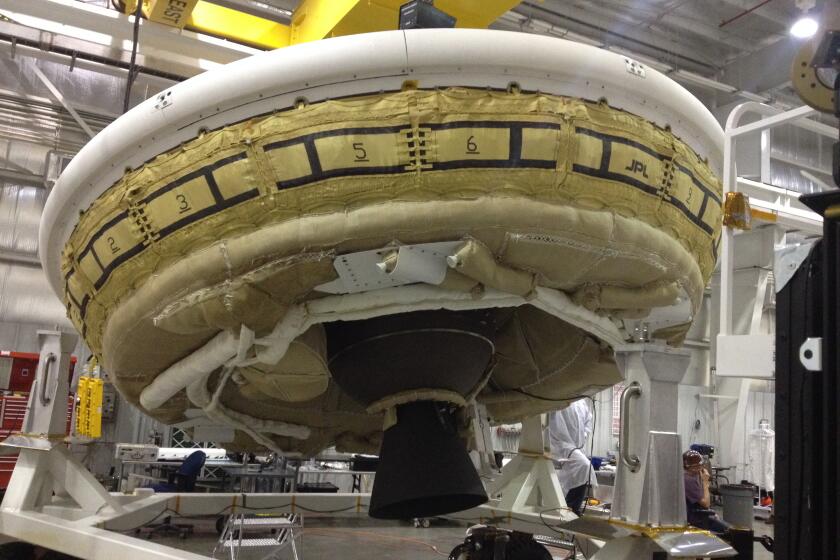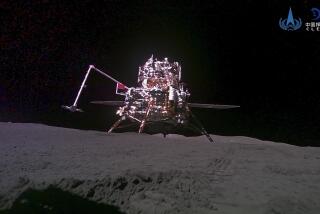How to build a robot arm that can flex in the moon’s frigid south pole
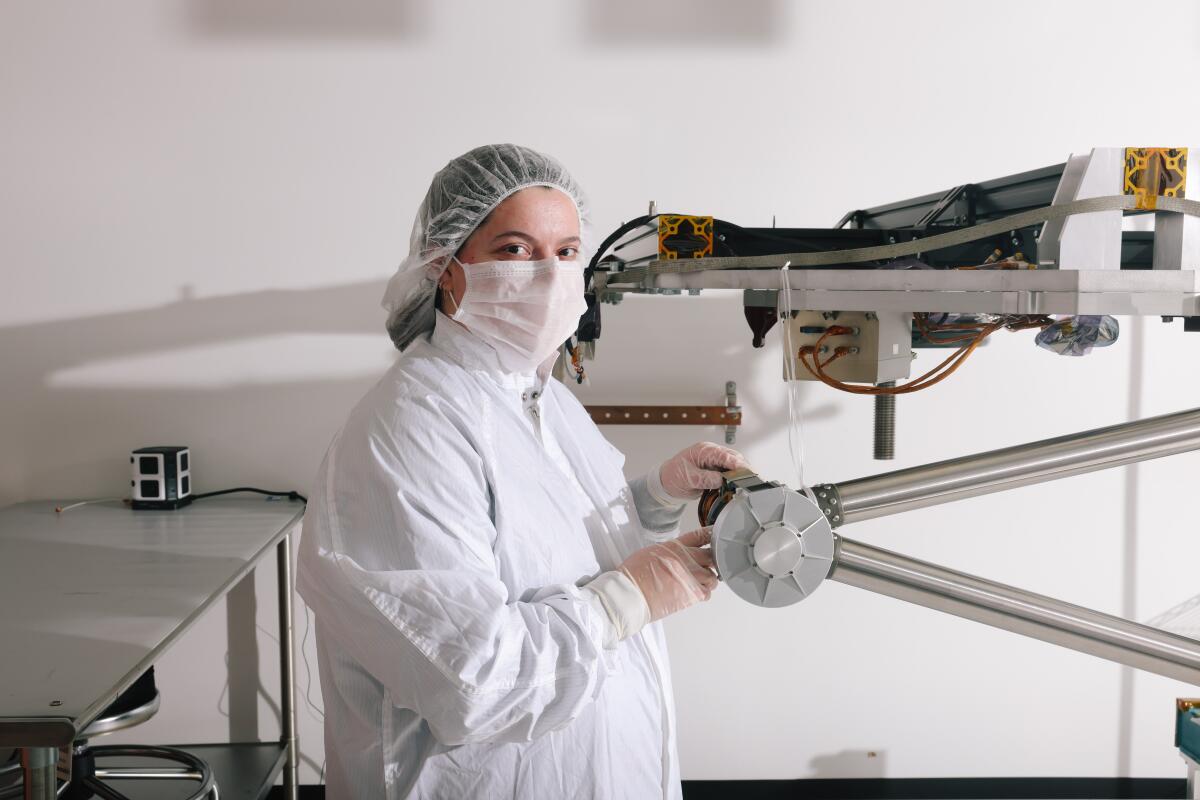
Extreme cold is merciless on machinery. Fluids thicken to useless goo. Rubber seals stiffen and crack.
The problems pile up as the temperature falls. Metal becomes brittle, and wires contract. Batteries stop working, adhesives stop sticking and LCD screens go black as their liquid crystal freezes solid.
And that’s just here on Earth.
When NASA’s new lunar rover lands on the moon’s south pole next year, it will encounter a whole new kind of cold.
Temperatures there hover around minus 280 degrees Fahrenheit (minus 173 degrees Celsius). In the permanent shadows of polar craters, it can fall to minus 388 F (minus 233 C).
For context, Antarctica’s Vostok Station holds the record for the lowest temperature ever recorded on this planet: minus 128.6 F (minus 89.2 C), recorded July 21, 1983. A typical day on the moon is about 150 degrees colder than the coldest it has ever been on Earth.
Nearly 50 years ago, Neil Armstrong became the first man to walk on the moon. A woman could follow in his footsteps in 2024. Here’s what we know about her.
Previous rovers for the moon and Mars — which is also cold, averaging minus 80 F — have been equipped with built-in heaters that switch on at the start of the lunar or Martian day and take several hours to warm enough for the machines to begin their daily tasks.
That comes at a cost of time and energy, two precious commodities on any space mission. But what if you could build a rover that didn’t need warm-up time?
“If you’re able to work longer hours in one day, you’d be able to get more information,” said Lacie Fradet, a project engineer at Motiv Space Systems in Pasadena, which is working with NASA’s Jet Propulsion Laboratory to make this possible. If they succeed in building an arm that can operate in extremely cold regions, “we will be able to go places we haven’t gone before.”
The first step toward that vision is materializing in Motiv’s climate-controlled clean room: a sleek robotic arm whose angles resemble those of a praying mantis.
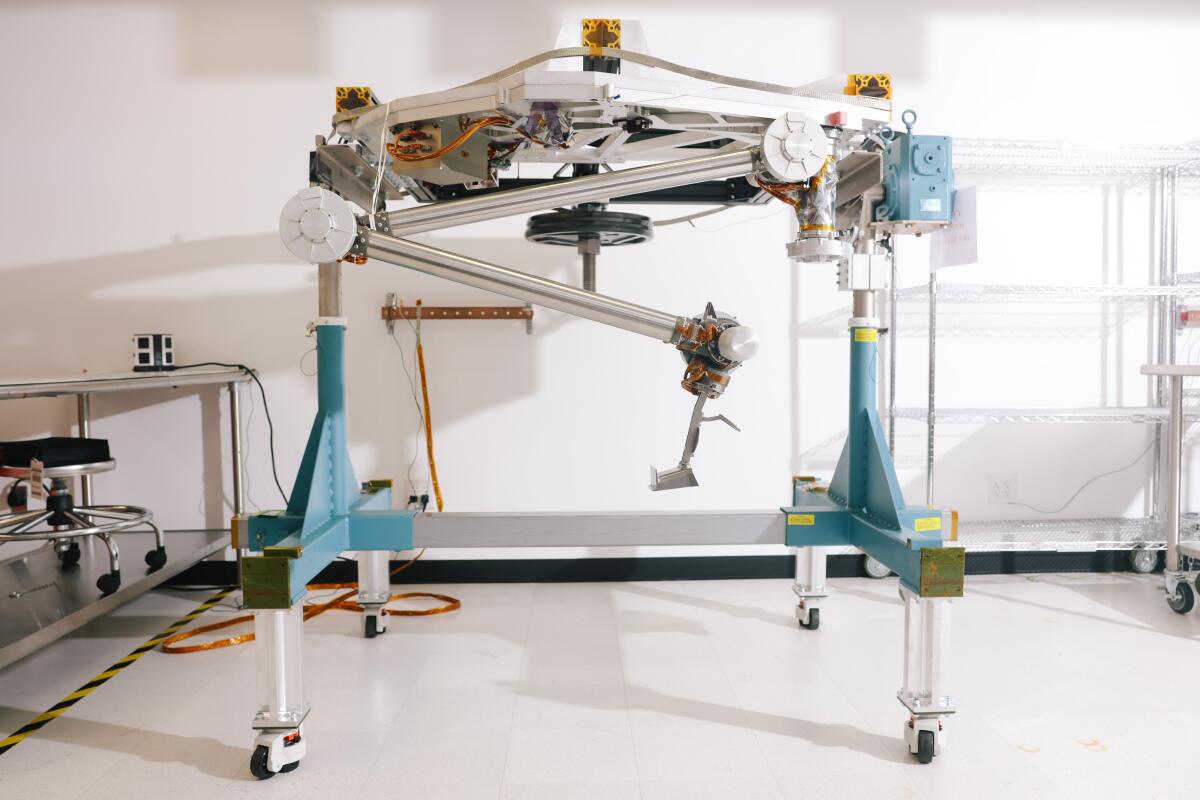
This is the Cold Operable Lunar Deployable Arm, a robotic arm capable of operating in the cold of the lunar poles. Motiv is building it using parts supplied by JPL in La Cañada Flintridge. If COLDArm passes all testing here on Earth, the next goal for the project is to secure a place on NASA’s Commercial Lunar Payload Services, a program that allows U.S. companies to send technology to the moon’s surface for testing or to conduct scientific experiments.
The 6.5-foot (2-meter) arm is only one piece of a future lunar rover, but it’s a crucial one. The arm is the primary tool for scooping up samples from the moon’s surface. If it fails, so does the mission.
Motiv previously built the robotic arm on Perseverance, the rover currently exploring Mars’ Jezero crater. The 7-foot-long arm holds such crucial instruments as SHERLOC, which searches for evidence of past microbial life, and the X-ray spectrometer known as PIXL.
Perseverance, NASA’s newest Mars rover, is living up to its name. It has already survived a hurdle no previous rover has had to face: a global pandemic.
If COLDArm proves successful, it could supercharge the amount of experimentation that can be conducted in the chillier regions of our solar system.
JPL has experience building machines that can function in Martian temperatures as cold as minus 202 F (minus 130 Celsius), said Ryan McCormick, the principal investigator for COLDArm.
“But getting even colder,” he said, “is a big challenge.”
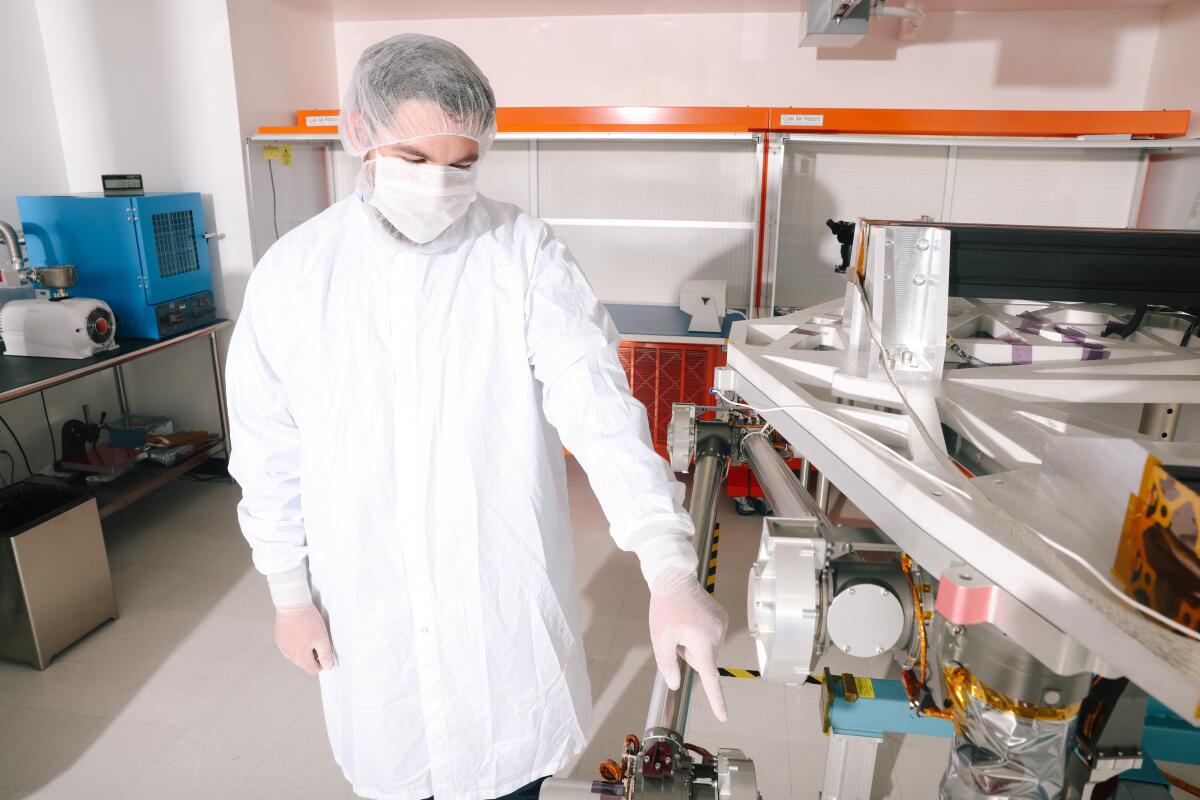
Many lubricants and adhesives that function on Mars will degrade in the cold of a lunar night. Certain electronics that worked fine for the Mars rovers — which can take advantage of the heat trapped by the thin Martian atmosphere — won’t work on the moon either.
COLDArm incorporates bulk metallic glass, a class of metals whose atomic arrangements more closely resembles that of glass, making them stronger and more durable than steel or ceramic.
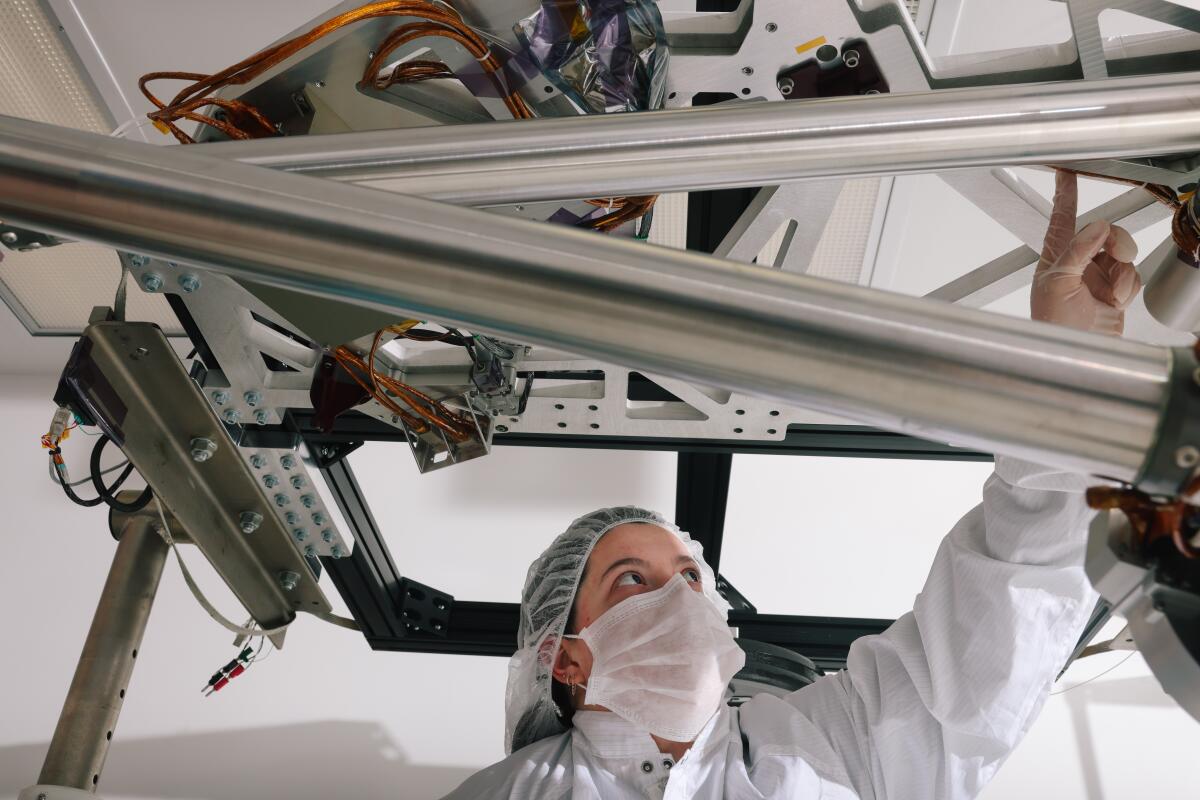
Bulk metallic glass doesn’t require a wet lubricant at its joints. That’s crucial, because wet lubricants freeze solid at minus 94 F (minus 70 C) — a practically tropical temperature compared with the chill of the lunar poles. Previous rover arms have had to be built with tiny heaters at each joint to keep the lubricant at a pliable temperature. Bulk metallic glass makes that unnecessary, Fradet said.
In addition, COLDArm’s motor controllers have been fitted with an updated voltage converter that can function in extremely cold environments without the added bulk of cables or insulation, McCormick said.
In March, the Motiv team disassembled the arm and tested its various components in a thermal vacuum set below 100 Kelvin, or roughly minus 175 C. (Extreme cold has its own temperature units, with zero Kelvin representing the point at which molecules stop moving.)
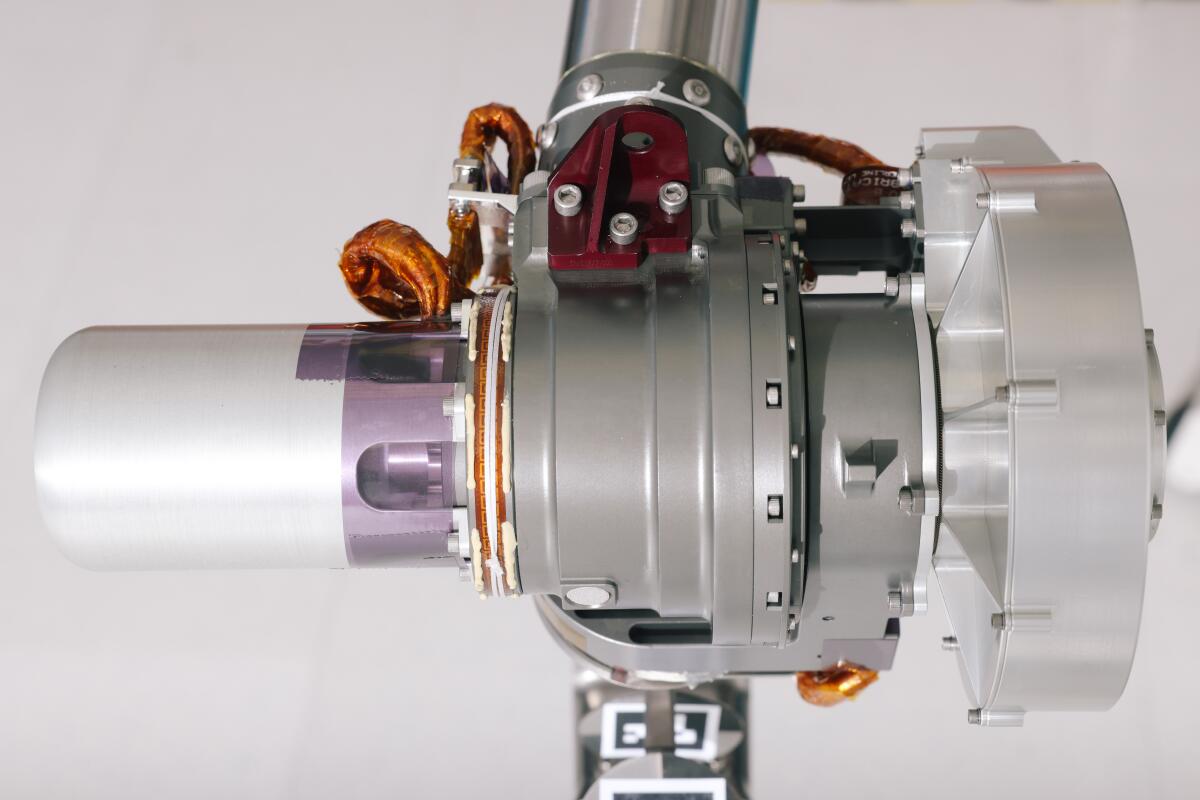
All of the parts functioned in both the extreme cold and in vibration testing designed to simulate launch conditions, McCormick said. The next step is to reassemble the arm and ensure that it works as a whole in those conditions.
Adding to the complexity is the fact that temperature functions in a completely different way on the moon than it does on Earth, said JPL planetary scientist Laura Kerber. The moon has no air to redistribute heat, so when light hits the moon’s surface, it gets super hot — up to 250 F at the equator. Without that light, it’s super cold.
Given the moon’s position relative to the sun, the interiors of craters at its south pole remain in constant shadow. That makes them about as cold and dark as anything in the solar system.
“In those permanently shadowed regions, all they see is the cold of space,” Kerber said. “Engineering-wise, it’s so hard to make something that can survive inside those really, really cold, permanently shadowed craters.”
On a cloudless day in early June, Mark Adler stood facing the empty maw of the Pacific, contemplating invisible winds high above his head.
That’s a major issue for NASA’s Volatiles Investigating Polar Exploration Rover, better known as VIPER, which is scheduled to land at the moon’s south pole in late 2024 to search for water ice.
The strongest hints of water on the moon are in the deepest-shadowed areas. Those places are too cold for VIPER, but it will skirt around them and collect samples from the surrounding area, where the suggestions of water are weaker but still significant.
Navigating the moon’s temperature extremes has been a challenge since the earliest lunar missions. That’s a big part of the reason Neil Armstrong and Buzz Aldrin flew 240,000 miles for a relatively short wander around their spacecraft: It was simply too hot at Apollo 11’s landing site in the Sea of Tranquility to go any farther.
“We were operating in a near-perfect vacuum, with the temperature well above 200 degrees Fahrenheit,” Neil Armstrong told NPR in 2010. “NASA officials limited our surface working time to 2¾ hours on that first surface exploration to assure that we would not expire of hyperthermia.”
